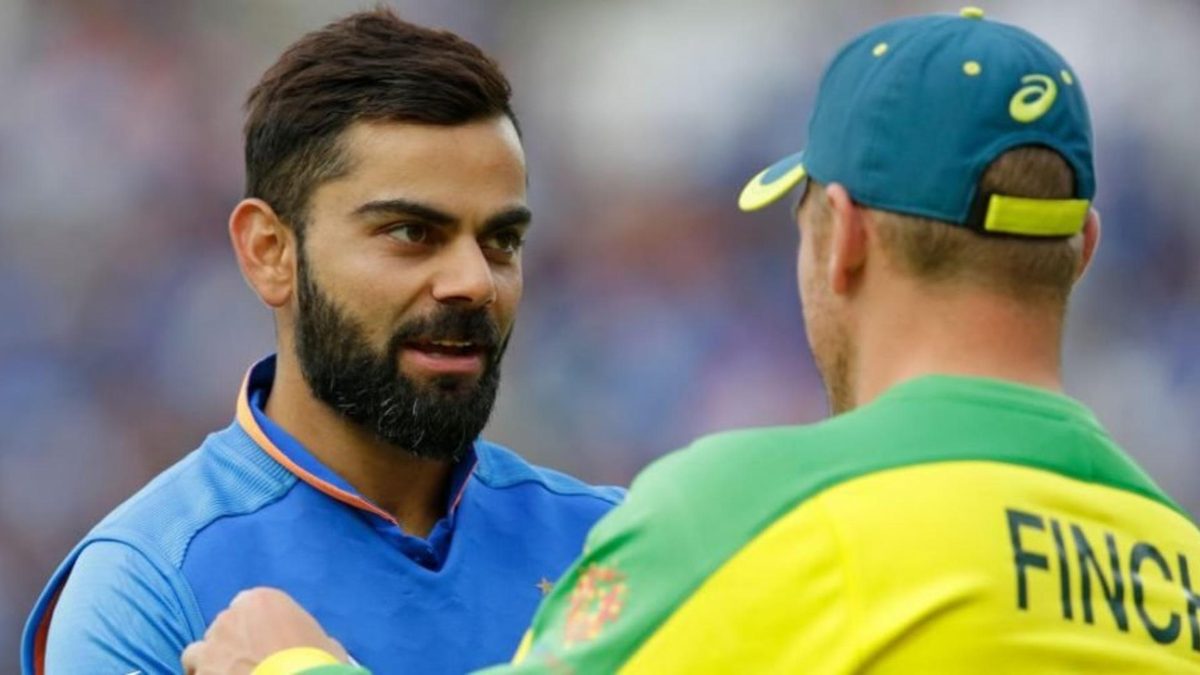
After many long hours poring through the numbers, CricViz Analyst Freddie Wilde picks the Wisden T20I Team of the Decade.
Wisden’s decade in review series is brought to you in association with Perry, designers of distinctive club blazers made in Yorkshire since 1946. Vote in the decade in review readers’ survey.
Unlike, say, picking an IPL Team of the Decade, compiling a T20I Team of the Decade is a different beast altogether, and perhaps a tougher ask. The matches usually come around the time the T20 World Cup happens, and otherwise, it’s usually a one-off to cap a bilateral tour and an opportunity to rest a few senior players.
Still, in all, there were 897 T20Is played in the decade, in which there were 249,578 scored and 11,293 wickets taken. We decided that was enough of a sample size for us to play with. Having filtered down those matches and numbers, an XI was arrived at, comprising some stalwarts of the format, and also a couple of names that may raise a few eyebrows.
Presenting the Wisden T20I Team of the Decade:
Aaron Finch (c)
Runs: 1,878
Batting average: 38.32
Strike-rate: 156.50
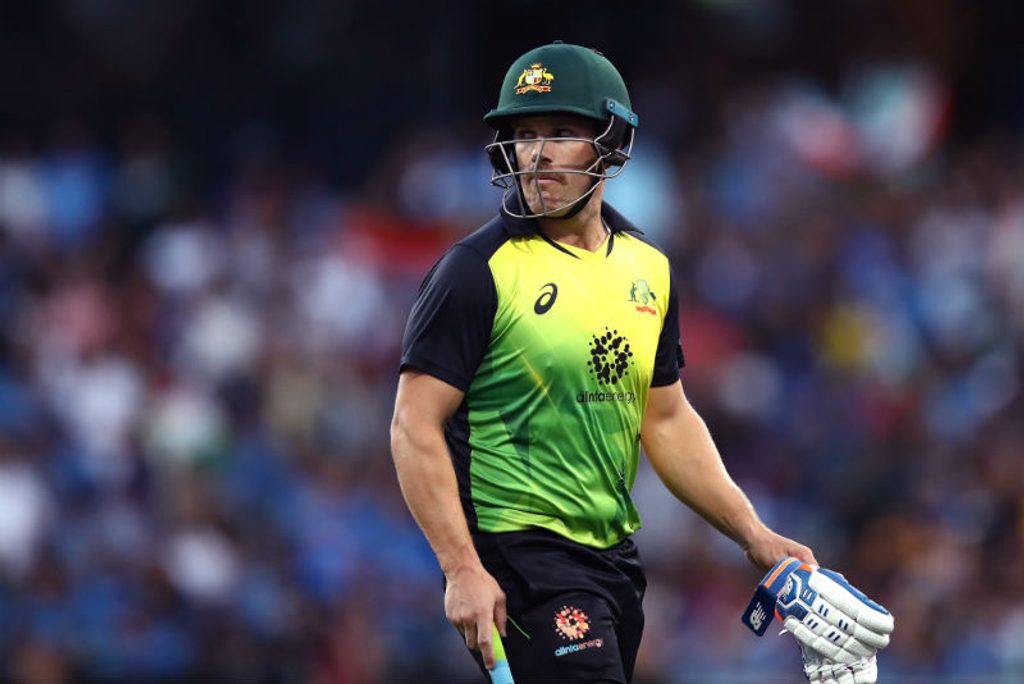 Aaron Finch was the standout T20I opener of the decade
Aaron Finch was the standout T20I opener of the decade
One of the first names on the sheet, Finch was the standout opener in T20Is this decade. Only three players with more than 500 runs scored faster than Finch’s strike-rate of 156, and only six players scored more runs than his 1,878. Finch is the prototypical anchor, and his role in this team is to bat deep.
Colin Munro
Runs: 1,546
Average: 30.92
Strike-rate: 160.04
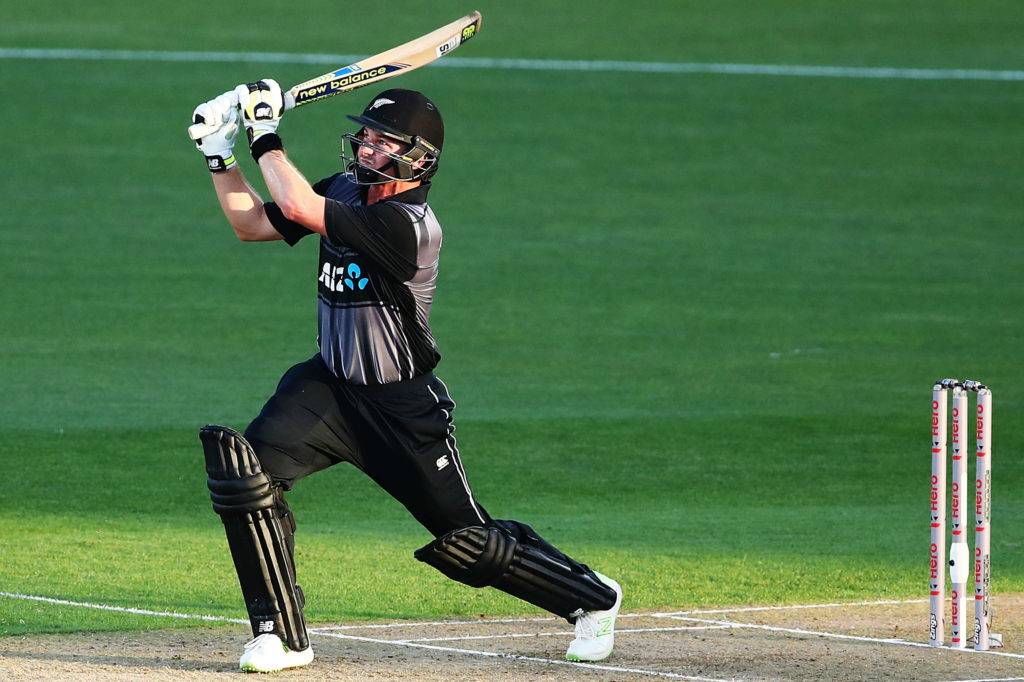 Colin Munro is the ideal foil for Finch
Colin Munro is the ideal foil for Finch
With Finch playing the role of anchor, Munro slots into this team as the Powerplay maximiser. Munro isn’t going to hang around – his 19 balls per dismissal is far from impressive – but he will cash in while he’s there. His strike-rate of 160 is the joint second-best in the world. As a left-hander who prefers pace to spin, Munro is the perfect partner for Finch, who is right-handed and prefers spin to pace. The Kiwi’s aggression should also take the pressure off Finch to bat long.
Virat Kohli
Runs: 2,633
Average: 52.66
Strike-rate: 138.07
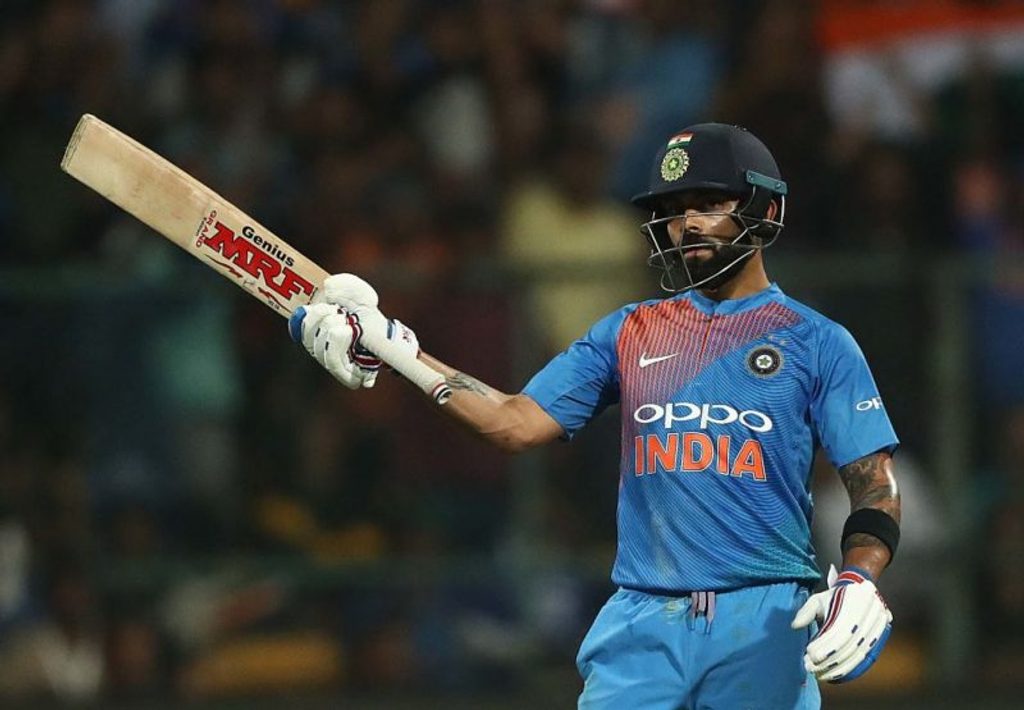 Virat Kohli can fight fires as well as accelerate
Virat Kohli can fight fires as well as accelerate
While Kohli’s record in domestic T20 cricket is patchy, the same cannot be said of T20Is. Kohli’s average of 53 was the best in the decade, and while his consistency compromises his strike-rate slightly, he is still able to score at a good rate, even if not exceptional.
Strong against pace and spin, and rapid between the wickets, Kohli is an ideal player at No.3, able to fight fires when an early wicket is lost and stabilise the innings, but also accelerate when a platform is set. Following a huge first-wicket partnership, Kohli will slide down the order in this XI.
Shane Watson
Runs: 1,376
Average: 30.57
Strike-rate: 147.58
Wickets: 45
Strike-rate: 19
Economy rate: 7.57
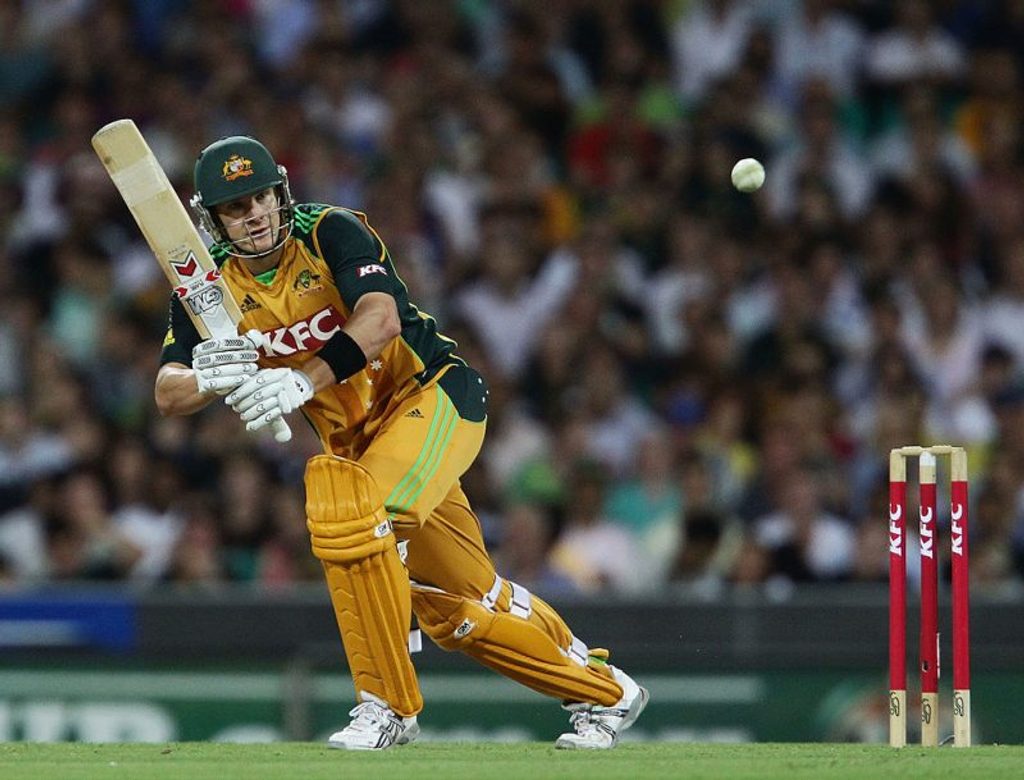 Shane Watson had a fine decade, even if he only played the first half of it
Shane Watson had a fine decade, even if he only played the first half of it
Watson was a titanic presence in the first half of this decade before his international retirement, plundering 1,376 runs at an average of 31. Having batted largely in the top three, he would be batting out of position at four. But his strong batting against spin, and ability to clear boundary-riders is well-suited to the middle order. Watson’s bowling dropped off in domestic cricket, but at international level he was a very serviceable fifth bowler, capable of bowling in all three phases of the innings.
Glenn Maxwell
Runs: 1.576
Average: 35.02
Strike-rate: 160
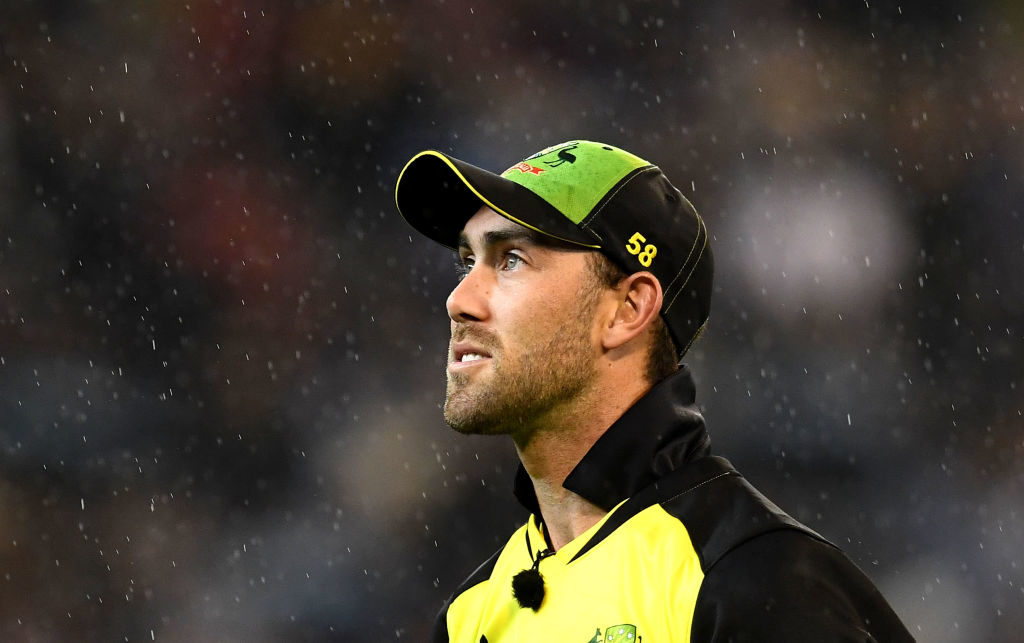 Glenn Maxwell offers versatility to the T20I Team of the Decade
Glenn Maxwell offers versatility to the T20I Team of the Decade
This decade, Maxwell returned a huge 1,576 runs at a strike-rate of 160, a figure bettered only by Hazratullah Zazai, who played just 13 matches. Maxwell can bat anywhere from one to seven, and as a result assumes the most complicated middle-order position in this team. His off-spin is underrated, particularly in the Powerplay. He is also one of the world’s best fielders.
Jos Buttler (wk)
Runs: 1,260
Average: 26.80
Strike-rate: 138.15
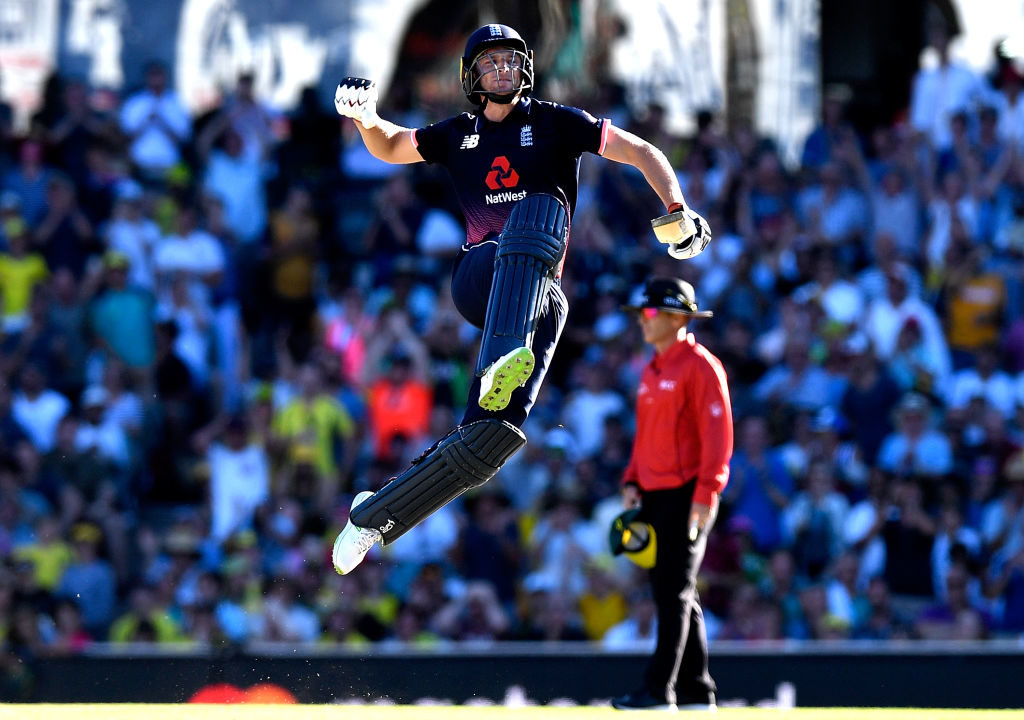 Jos Buttler has moved higher up the England batting line-up, but retains the finishing skills
Jos Buttler has moved higher up the England batting line-up, but retains the finishing skills
There was no clear candidate for the wicketkeeper – Brendon McCullum, Quinton de Kock, and Mohammad Shahzad were also options – but with a plethora of top-order players to choose from, Buttler’s ability to bat in middle order helped him narrowly edge Mushfiqur Rahim to the spot.
In the death overs, Buttler scored at a strike-rate of 172 this decade, and although he has since moved up the order, he retains the skills of a finisher. It should be noted, MS Dhoni’s record in T20Is this decade was mixed; his average of 46 was exceptional, but he only scored at a strike-rate of 132, and couldn’t replicate his destructive IPL batting.
Mohammad Nabi
Runs: 1,316
Average: 22.30
Strike-rate: 145.89
Wickets: 69
Strike-rate: 22.3
Economy rate: 7.16
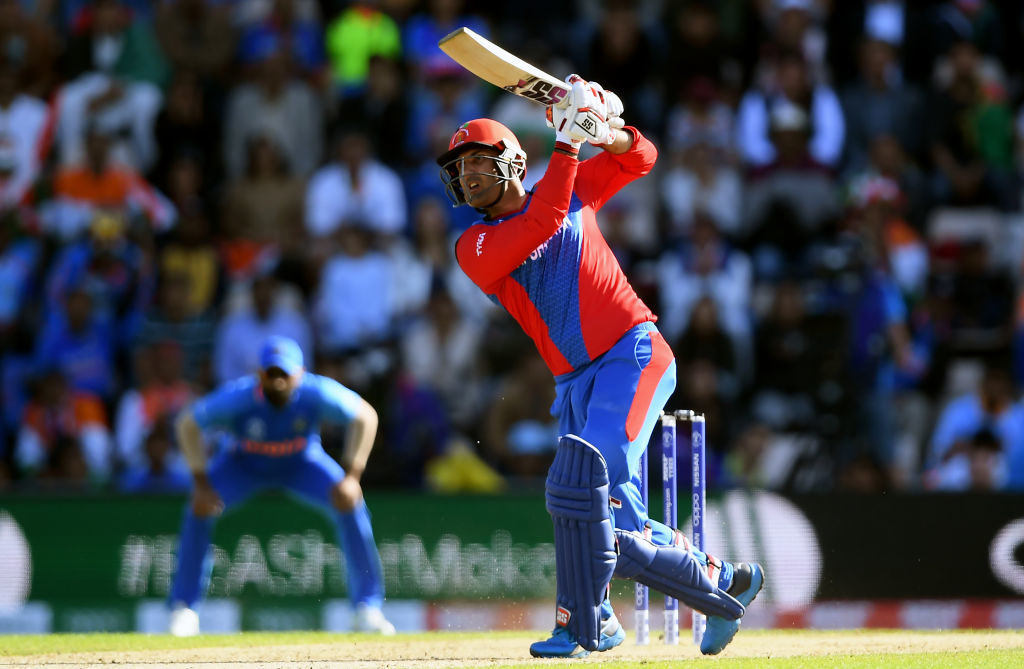 Mohammad Nabi is an underrated T20 all-rounder
Mohammad Nabi is an underrated T20 all-rounder
The Afghan all-rounder is one of the most underrated T20 players in the world, and was the most consistent spinning all-rounder of the decade. Nabi is a superb middle and lower-order player, both reliable as well as being a quick scorer. His off-spin is also excellent; he can be deployed in all three phases, and his slider delivery makes him as effective against right-handers and left-handers. Nabi edged Shakib Al Hasan and Imad Wasim to a spot in this XI due to his more explosive batting, and the fact his primary direction of spin is different to that of international teammate Rashid Khan, unlike the two left-arm spinners.
David Willey
Wickets: 34
Strike-rate: 16.3
Economy rate: 8.19
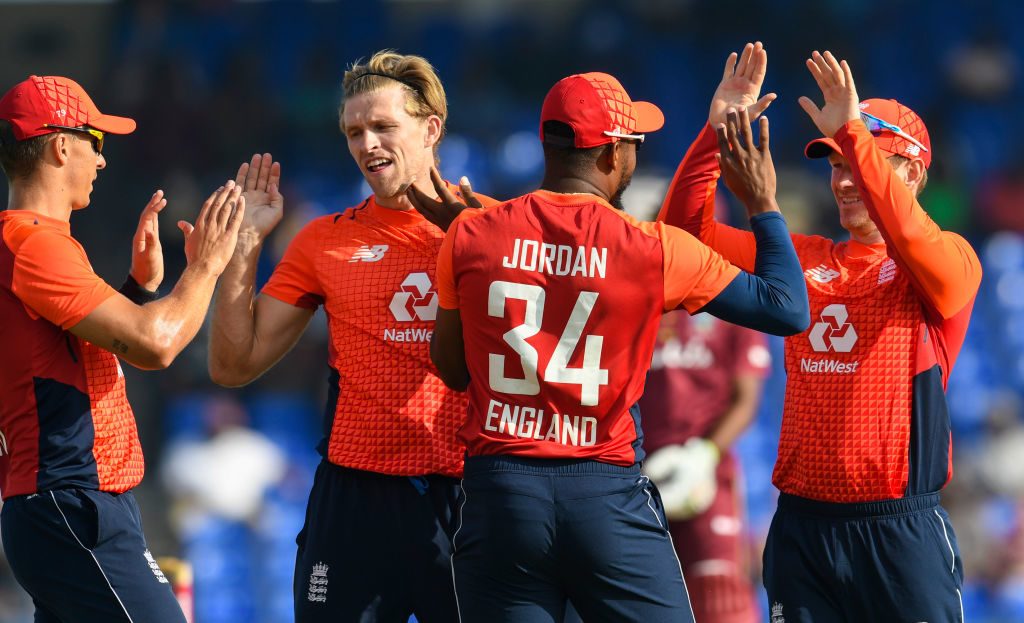 David Willey is excellent in the Powerplay overs
David Willey is excellent in the Powerplay overs
Willey has been picked as a Powerplay specialist. Bowlers that can be relied on for early wickets are exceptionally valuable, and this decade no one did it as well and as consistently as Willey, whose strike-rate of 15 balls per wicket in the first six overs was second only to Wayne Parnell among quicks to play more than 15 matches – Parnell’s economy rate in the phase was more than a run per over higher. With loads of bowling options, Willey need not bowl outside the first six overs, when he becomes significantly less effective. He is also a left-handed pinch hitter, very strong against spin, and could be promoted in the middle-overs to break up the coterie of right-handers.
Rashid Khan
Wickets: 84
Strike-rate: 12.2
Economy rate: 6.15
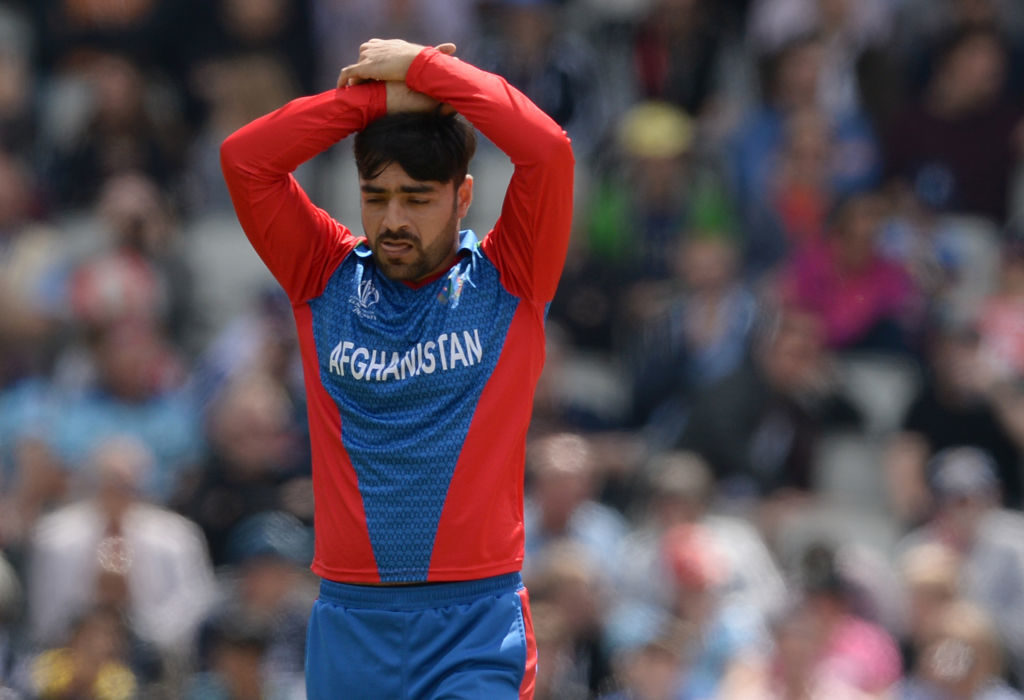 Rashid Khan has taken T20s by storm since he burst onto the scene in 2014
Rashid Khan has taken T20s by storm since he burst onto the scene in 2014
The standout bowler of the decade – Rashid’s burst onto the scene in 2014, and has since dominated the format with his fusion of fast speeds, relentless accuracy and regular googlies. No bowler took more wickets than Rashid’s 84, only three bettered his strike-rate, and four his economy rate. No bowler in the world with a low economy rate had a lower strike-rate. A certain starter.
Jasprit Bumrah
Wickets: 51
Strike-rate: 18
Economy rate: 6.71
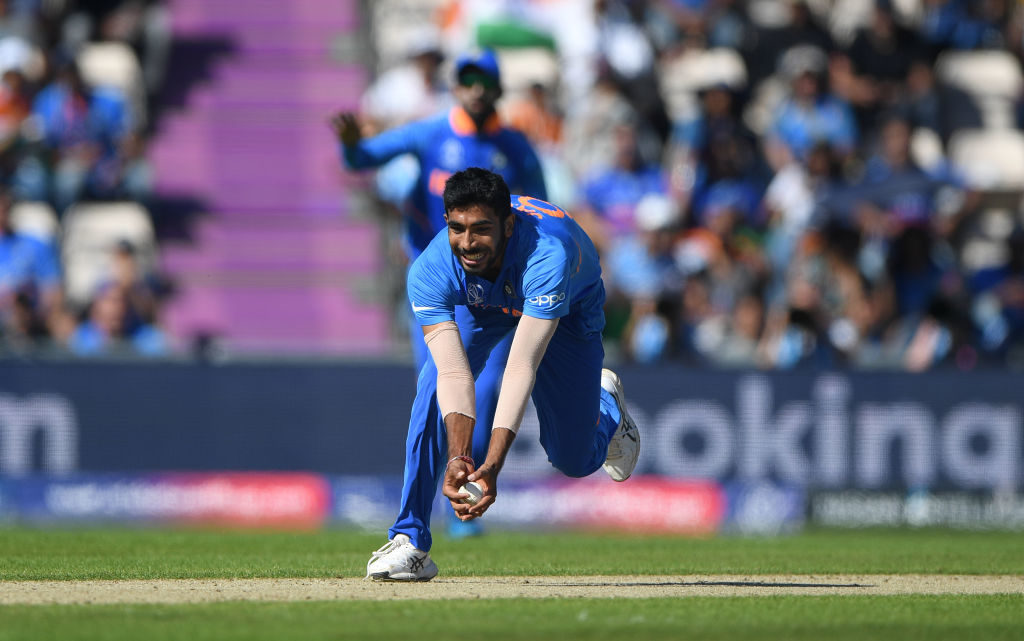 Jasprit Bumrah only made his debut in 2016, but it’s a mark of his impact that he makes the T20I Team of the Decade
Jasprit Bumrah only made his debut in 2016, but it’s a mark of his impact that he makes the T20I Team of the Decade
Despite only making his debut in 2016, Bumrah finds a spot in this team thanks to his defensive brilliance. Bumrah’s overall economy rate of 6.71 is the second best in the world among quick bowlers, behind Dale Steyn. This statistic is more impressive when you consider he did the majority of his bowling in the death overs, where his economy rate of 7.27 was the seventh best in the world, and comfortably the best by a quick bowler. Bumrah is likely bowl three overs at the death for this side.
Lasith Malinga
Wickets: 82
Strike-rate: 15.9
Economy rate: 7.15
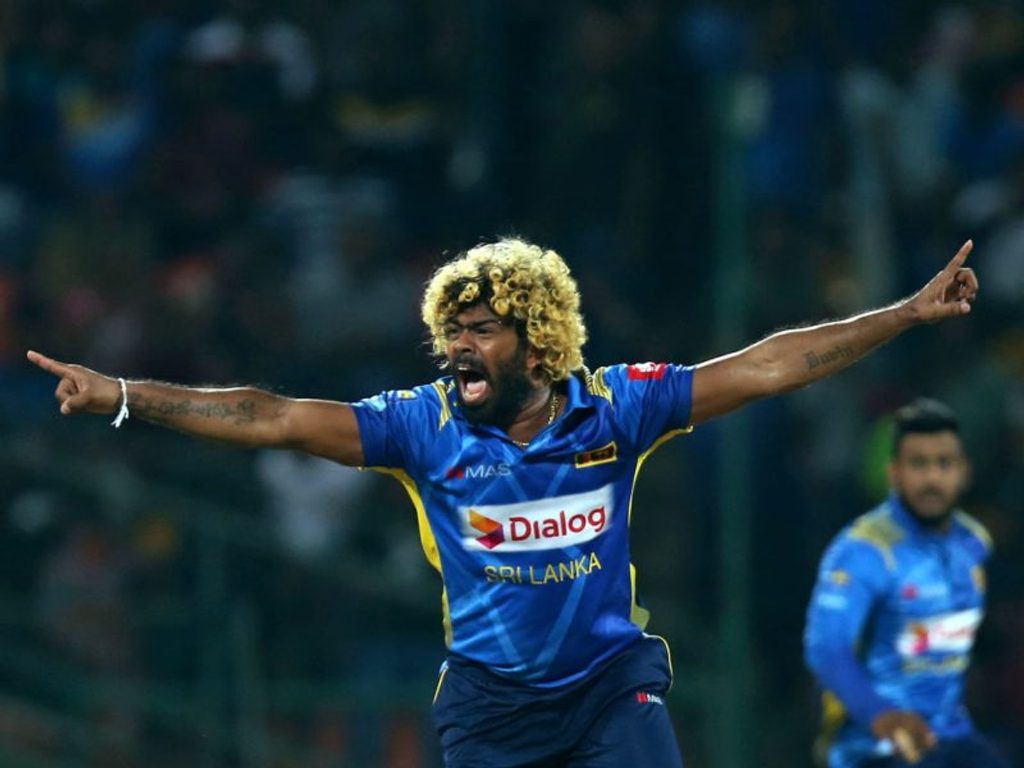 Lasith Malinga, the king of T20 fast bowling, is a shoo-in to the T20I Team of the Decade
Lasith Malinga, the king of T20 fast bowling, is a shoo-in to the T20I Team of the Decade
Malinga is the king of T20 fast bowling, and finds a spot in this team as the leader of the attack, likely to take the new ball alongside Willey, and the old ball alongside Bumrah. Malinga’s attacking full lengths kept the stumps in play, and made him a regular wicket-taker; only Rashid struck more often. Despite bowling his overs at the top and the tail of the innings, Malinga returned a superb economy rate of 7.15 – the seventh best among pace bowlers.
* denotes the figures from the beginning of the decade








